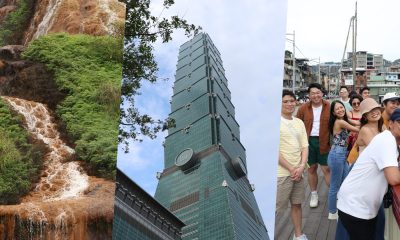Cameras
Canon finally brings the EOS 90D and M6 Mark II to the Philippines
The Canon refresh we’ve all been waiting for
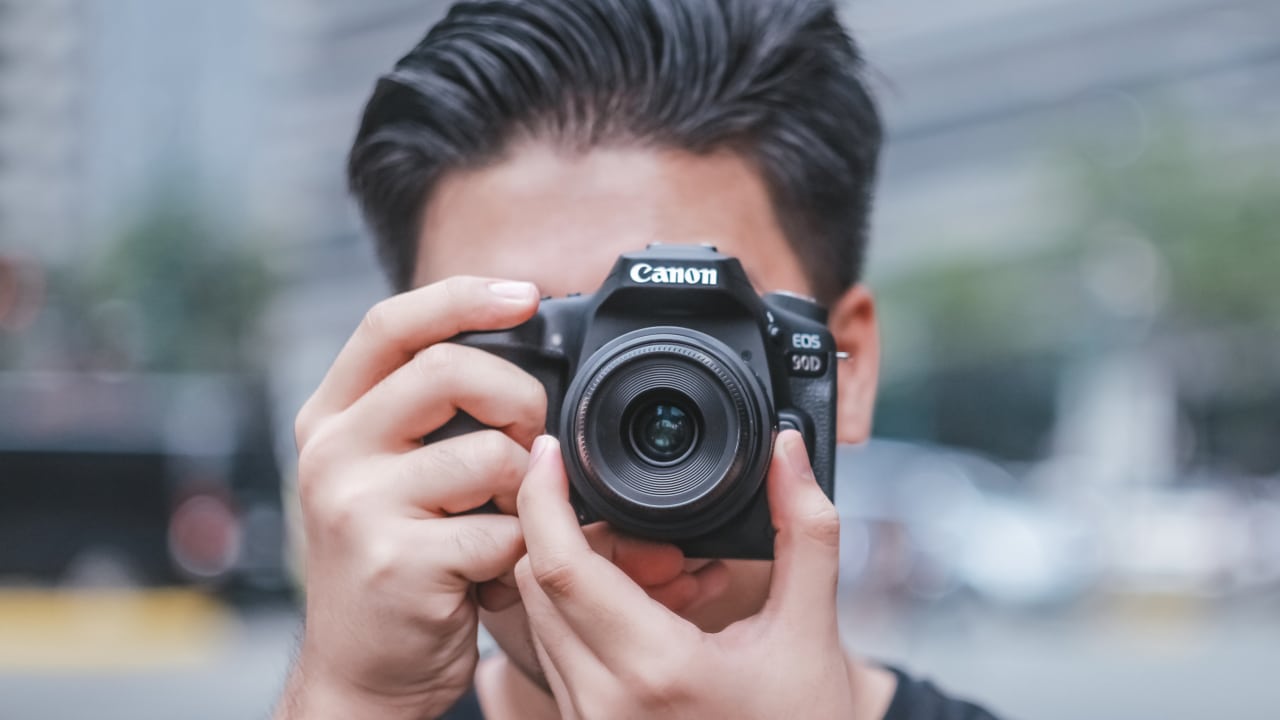
It was not too long ago when Canon Philippines announced EOS RP, their second full-frame mirrorless camera at a cheaper price. This time, Canon unveiled not just one, but two cameras — the Canon EOS 90D, successor to the EOS 80D from three years ago, and the EOS M6 Mark II, successor to 2017’s EOS M6.
Don’t confuse yourself
If you are confused with Canon’s camera lineup, here’s how you can differentiate them easily: Four and three-digit Canon DSLRs are for starters. Two-digit units are prosumer APS-C cameras, while one-digit models (except 6D and 7D) are full-frame DSLRs for professionals. 6D and 7D are for professionals too, just with cropped APS-C sensors.
Meanwhile, the M and R-series are Canon’s mirrorless line. In a nutshell, the M-series are shipped with APS-C sensors while the latter are equipped with full-frame sensors.
What’s new?
The Canon EOS 90D and M6 Mark II live up to their midrange powerhouse title by bringing significant upgrades over their predecessors. They both feature a larger 32.5-megapixel APS-C sensor (versus 24.2-megapixel sensor) with a newer DIGIC 8 processor.
Another major upgrade is the ability to capture 4K UHD videos. The previous models can only shoot Full HD videos in certain frame rates. The new models can also now shoot in Full HD 120p for slow-motion and/or smoother videos.
Canon has also thought of shooting better in lowlight scenarios. The lowest intensity limit can be lowered down to EV -5, which allows sharper and vivid photographs even in dark scenarios. ISO sensitivity also goes up to 25,600 in stills and 12,800 in videos.
What’s different?
As said earlier, they can both shoot 4K videos, but here’s the catch: The EOS 90D can shoot in 30p or 25p, either cropped or uncropped. The M6 Mark II is limited to 30p with no cropped option in tow.
Canon also highlights faster focus and continuous shooting speeds with these cameras. You can shoot as fast as 1/16000 sec for both cameras via electronic shutter, but only 1/4000 sec in mechanical shutter in M6 Mark II, unlike 90D’s 1/8000 sec.
The 90D has up to 10fps in viewfinder shooting (either fixed AF or AF tracking), 11fps during Live View shooting (but with fixed AF) and 7fps during Live View plus AF tracking. On he M6 Mark II, you can shoot up to 14fps, plus up to 30fps in RAW burst shooting.
Hardware-wise, the EOS 90D brings another multi-controller joystick along with the existing multi-controller to provide better tactile when it comes to selecting points when focusing a subject on screen. The M6 Mark II only relies on touch controls, plus a touch and drag function as well.
Although there is no significant difference with the equipped 3-inch Vari-angle touch LCD monitors, the EOS 90D has a Zero Lag optical viewfinder, while the M6 Mark II has none. You can buy an optional viewfinder separately, just like in the previous M6. The Eye AF (autofocus) also works both on the viewfinder and Live View with the 90D.
Major difference goes to lens choices. You can choose a wide variety of EF-S lenses for the 90D, just like what any other two-digit models can have. The M6 Mark II relies on EF-M lenses, something you can only use for Canon’s mirrorless mount. The EOS R and RP relies on newer RF lenses, while the professional DSLRs are stuck with EF lenses.
What should you get?
These cameras are not built for the same market. The EOS 90D goes for prosumers who would love to take their camera in action. The 90D is built not just for speed, but also for durability. Its dust and drip proofing make this camera a triumphant in build quality.
On the other hand, the EOS M6 Mark II is particularly for consumers who would love to get most of the newest camera features without compromising size and heft. It’s a versatile camera in a more stylish and compact form.
Pricing and availability
Both cameras will be available across all authorized Canon Dealers nationwide starting on October 10. The Canon EOS 90D retails for:
- PhP 74,498 (body only)
- PhP 81,998 (with 18-55mm IS STM lens); and
- PhP 94,498 (with 18-135mm IS USM lens)
While the EOS M6 Mark II pricing is as follows:
- PhP 56,998 (body only)
- PhP 62,998 (with 15-45mm kit lens); and
- PhP 81,998 (with 18-150mm kit lens)
Promos will also apply to early buyers from October 4th until the 31st:
- A free TIMEX Marathon Watch
- PhP 4,000 discount on EVF-DC2 viewfinder (SRP PhP 11,998) for M6 Mark II buyers
- PhP 1,000-worth Canon Red App points; and
- Free pass to Canon PhotoMarathon 2019
Registering through Canon’s Red App will not only give you these promos, but also incentives such as 2-year extended warranty, unlimited CMOS cleaning for one year, free trial of lenses up to 3x, earn points to claim gifts and vouchers, and the ability to join and avail Canon-exclusive programs in the Philippines.

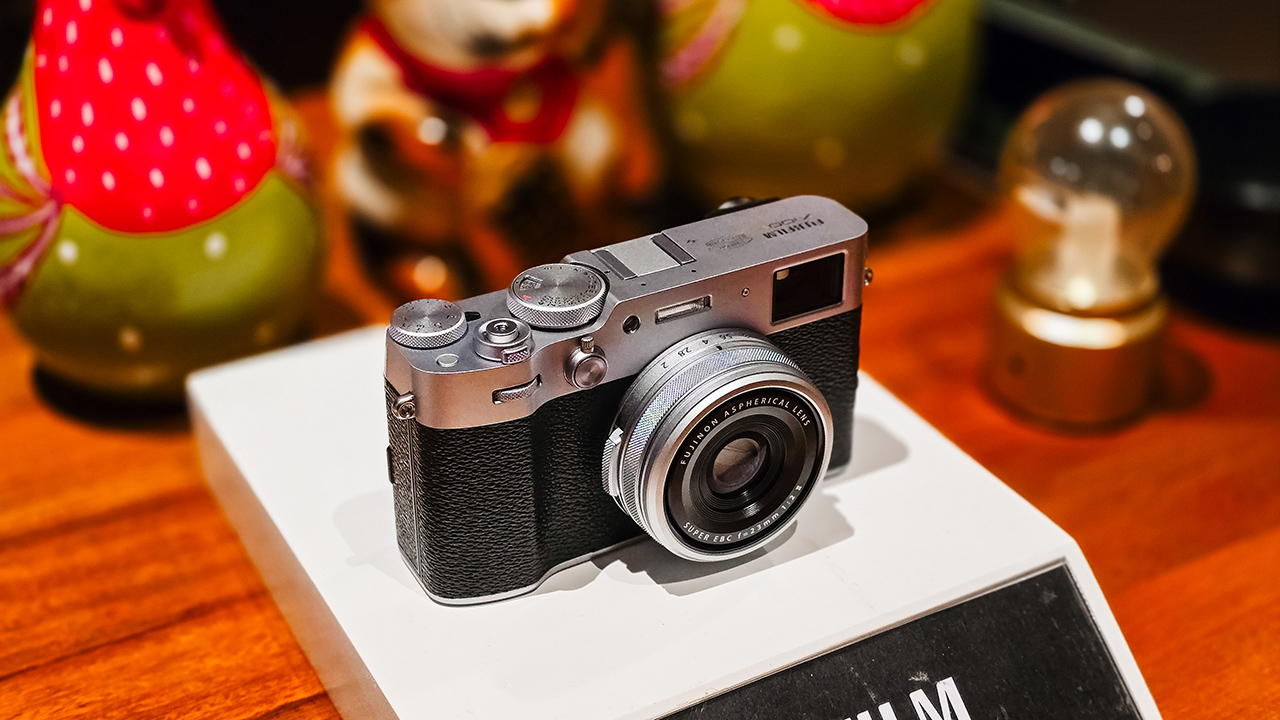
The highly-anticipated Fujifilm X100VI will make its Philippine debut at the FUJIKINA MNL 2024 Camera Fest in Bonifacio High Street, Taguig City. The event is free and open to the public and will be held from April 27 to 28. To register, click this link: FUJIKINA MNL
Celebrity Khalil Ramos will grace the local launch of the Fujifilm X100VI on the second day. Announced a few months ago, the X100VI uses a new 40.2MP X-Trans CMOS 5 HR sensor and is powered by an X-Processor 5 engine. These work together to allow more light absorption. The brand’s latest X100 series offering also features in-body image stabilization for the first time in the series. Moreover, the camera can film up to 6.2K at 30fps.
ALSO READ: Fujifilm announces X100VI, limited-edition model
Aside from the X100VI’s release, FUJIKINA 2024 also allows visitors to engage in various activities. First, there’s the Photo Walk event that lets enthusiasts explore Bonifacio High Street at night and capture its vibrant atmosphere. Participants may event get the chance to win a Fujifilm X-T30 II with their best shots.
Next, Fujifilm’s X-Series and GFX cameras will also be on display, free for passersby to test and feel. There are also three shooting studios for guests to capture memories: the Selfie & Pet, Travel, and Smile studios. And for regular Fujifilm camera users, the event will also offer free servicing.
Furthermore, there are two major photo exhibits throughout High Street, showcasing the best images from the Fujifilm community. Lastly, Fujifilm users may also pre-register for an exclusive XPPH Night here.
You may check the full schedule below.
April 27 – Amphitheater
10:00 a.m. onwards:
- Touch and Try
- Express Service
- XPPH Print Market
4:00 p.m. to 6:00 p.m.:
- Opening program
- Workshops
7:00 p.m. onwards:
- Photo Walk
- Contest
April 28 – Amphitheater
10:00 a.m. onwards:
- Touch and Try
- Express Service
- XPPH Print Market
4:00 p.m. to 6:00 p.m.:
- X100VI launch
7:00 p.m. onwards:
- XPPH Night
April 27 and 28 – C1 Park
10:00 a.m. onwards:
- Fujifilm Interactive Studios (Portrait & Pet, Wanderlust, Project Smile)
- Film Simulation Exhibit
April 27 and 28 – South Street
10:00 a.m. onwards:
- Nationwide Photo and Video Walk 2023 Exhibit
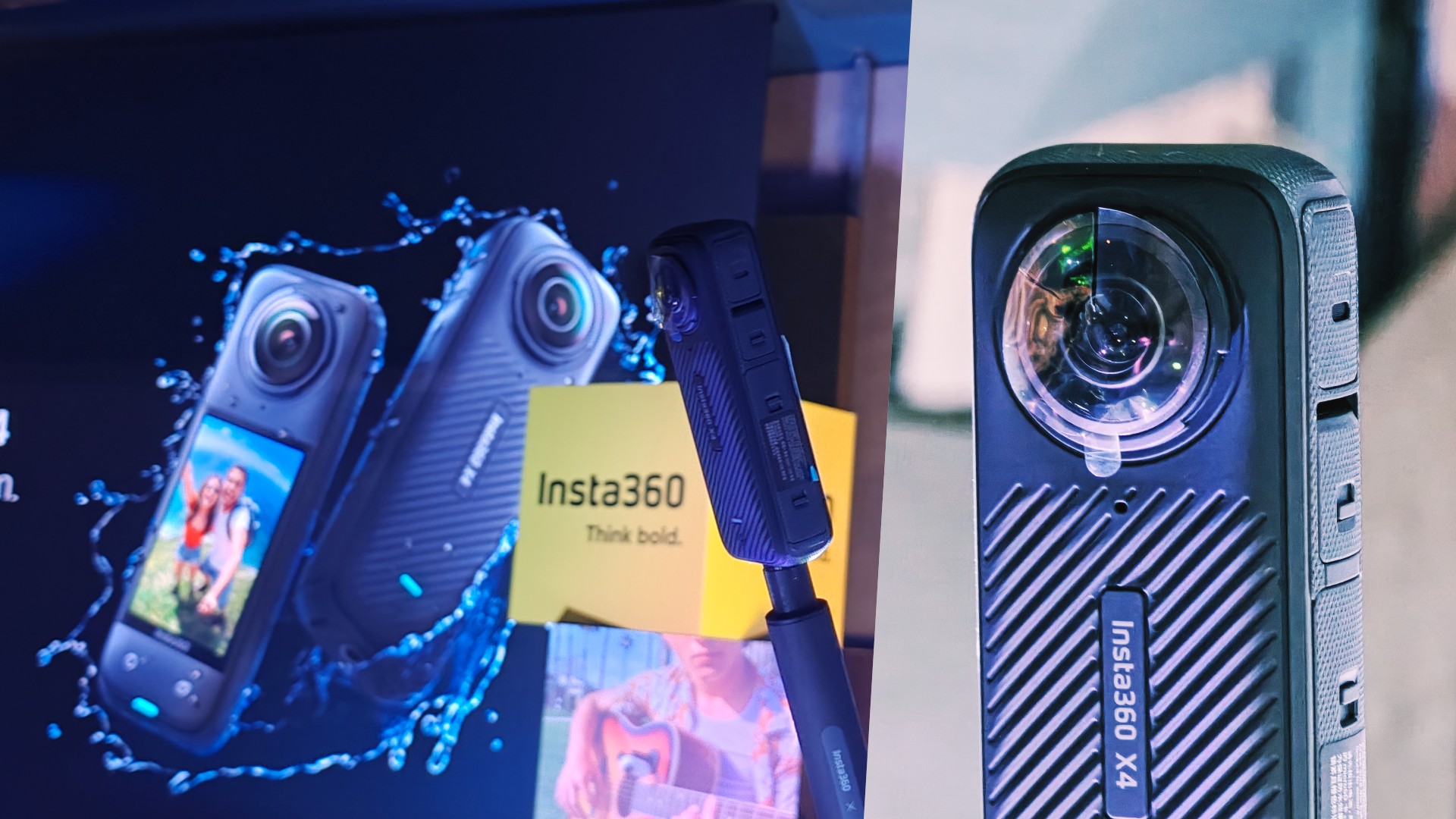
Insta360 is redefining what action cameras are capable of with the introduction of the Insta360 X4. Insta360’s latest offering allows users to film 8K resolution 360-degree videos. In addition, it can record slow-motion 4K videos at up to 120fps.
As expected, the X4 retains Insta360’s “shoot first, point later” ability and invisible selfie stick effect. Moreover, it doubles as a traditional action camera with “flat” captures in Single-Lens mode at up to 4K at 60fps.
The Insta360 X4 is available for US$ 499.99/ PhP 30,990 on the official Insta360 store, Amazon, and other retailers.
Incredible third-person views at 8K
The 8K at 30fps resolution is the highest setting for a 360-degree action camera yet. With such high resolution, users can expect detailed and sharp videos even after reframing, or choosing which specific angle to include in the capture.
For slow-motion, users can now film 4K videos at 100fps for cinematic shots slowed down four times. Furthermore, the highest resolution for a 60fps 360-degree video is upgraded to 5.7K. You may also use the X4 to take stills, as it is capable of 72MP 360-degree photos.
Two cameras in one
Aside from its default 360-degree capturing mode, users may utilize the Insta360 X4 as a regular wide-angle camera. They may shoot a first-person POV video with Single-Lens mode from a chest-mounted position. “Regular” means not having the fish eye-looking effect from the 360-degree mode and having ordinary, flat-looking images instead.
Under the Single-Lens mode, users will be able to record 4K videos at 60fps with an ultra-wide 170-degree field of view. This can be upgraded even more with MaxView while retaining 4K resolution at 30fps. Meanwhile, Me Mode, which erases the selfie stick, can film 4K at up to 120fps.
There are also upgrades on the X4’s creative shooting modes. Bullet Time can now shoot slow-mos at 5.7K at 120fps, or even 3K at an astounding 240fps. Hyperlapse videos, meanwhile, can be recorded in 8K quality.
Action specialist
A 5nm AI chip powers the Insta360 X4, along with a smart control system with Voice and Gesture Control features, and a host of AI-powered shooting and editing features.
The action camera comes with a 2.5-inch Corning Gorila Glass touchscreen for on-the-go use. Users may adjust the settings or choose the desired mode more easily.
The X4’s 2,290mAh battery allows for up to a 135-minute run time (at 5.7K@30fps). This is an impressive 67% longer battery life than its predecessor, the X3.
Moreover, the device is waterproof at up to 164 feet for diving, and cold-weather resistant at up to -20 degrees Celsius.
AI-powered editing
The X4 also harnesses the power of AI. Using the Insta360 app, users may simply move their phone or use the virtual joystick to point the camera. AI Edit, on the other hand, lets Insta360’s entire algorithm do the work for the reframing process. This improved algorithm has better subject detection, helping users save time. Users may also get creative with Shot Lab and Motion ND filters.
Cameras
Fujifilm announces X100VI, limited-edition model
The first X100 camera with in-body image stabilization
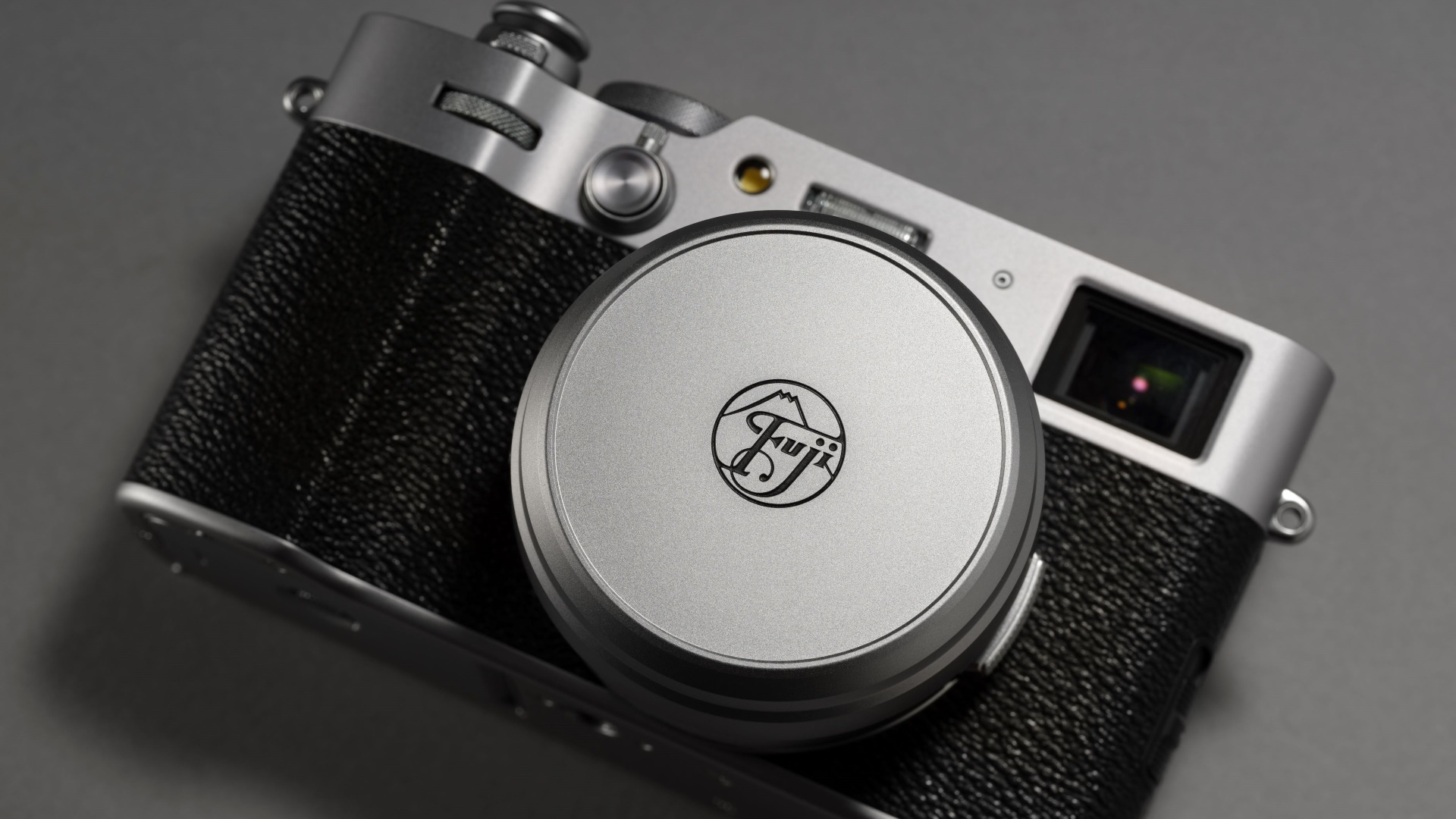
Fujifilm has launched its latest compact digital camera: The Fujifilm X100VI. The sixth generation model introduces a handful of firsts for an X100 series camera.
The X100VI boasts of a new 40.2MP X-Trans CMOS 5 HR sensor and is powered by an X-Processor 5 engine. These work together to allow more light than any prior X100 camera.
For the first time, the camera offers in-body image stabilization with up to 6.0 stops. Filming at up to 6.2K 30p has also been made possible.
High performance
In addition to more light absorption, the X100VI features ISO 125, which was only available as an extension in previous models. Its tracking AF function also ensures high-quality content especially for filming.
The camera comes with 20 film simulation modes, including the new “REALA ACE” mode for a diverse range of distinctive tones. This particular mode offers faithful color reproduction and high-contrast tonality which is suitable for various subjects and situations.
Moreover, the X100VI supports Frame.io Camera to Cloud without the need for additional accessories. Users will only need to wirelessly connect to the internet to automatically upload photos and videos. This speeds up the process from shooting to final editing.
Better operability
The X100VI also has an “Advanced Hybrid Viewfinder” function. With this, users will be able to switch between the optical (OVF) and electronic (EVF) viewfinders. The EVF itself is equipped with a high-resolution OLED panel with about 3.69 million dots.
Meanwhile, the “Electronic Range Finder” (ERF) allows a small EVF to be simultaneously displayed on the OVF. This permits the photographer to capture the subject in the OVF while magnifying the in-focus area in the small EVF.
Functional design
The Fujifilm X100VI retains the compact and lightweight look of its previous iterations. As with its predecessors, the latest model’s body uses aluminum for the top and bottom surfaces.
It has also adopted the X100V’s ultra-thin tilt LCD monitor design. The shape of the grip, on the other hand, has been fine-tuned to ensure a better feel. The positions of the buttons on the back have also been moved.
Limited edition X100VI
In addition to its release, a limited edition X100VI model will be made available to celebrate Fujifilm’s 90th anniversary. Only 1,934 units of the limited edition model will be available worldwide.
These numbered X100VI units are packaged in a special box that includes a special strap, soft release button, and history cards.
The camera body is engraved with the founding logo in 1934, along with a unique serial number.
In the Philippines, The Limited edition X100VI will retail for PhP 130,990. Meanwhile, the standard edition is priced at PhP 103,990.
-

 Features2 weeks ago
Features2 weeks agoFortify your home office or business setup with these devices
-

 Reviews1 week ago
Reviews1 week agorealme 12+ 5G review: One month later
-

 Gaming2 weeks ago
Gaming2 weeks agoNew PUMA collection lets you wear PlayStation’s iconic symbols
-

 Accessories1 week ago
Accessories1 week agoMarshall Major V: Reasons Why I Love It
-

 Gaming2 weeks ago
Gaming2 weeks agoMore PlayStation 5 Pro specs have been leaked
-
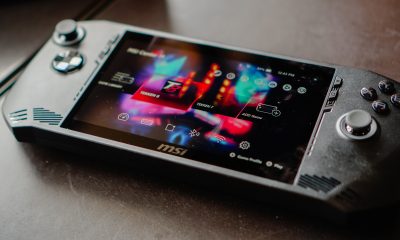
 Features1 week ago
Features1 week agoWhy choose the MSI Claw?
-

 Gaming2 weeks ago
Gaming2 weeks agoUbisoft is taking away copies of The Crew from your library
-

 Gaming2 weeks ago
Gaming2 weeks agoOne Piece Odyssey coming to Nintendo Switch










